
Between the Arab Spring, the weird weather, and, well, the Casey Anthony trial, you may have missed the fact that 2011 was proclaimed “The International Year of Forests” by the UN General Assembly. This celebration is long overdue: forests not only provide habitat to animals and plants, but also purify air and water, prevent soil erosion, and sequester carbon. Additionally, they’re a critical economic resource: globally, about 1.6 billion people rely in whole or in part on forests for their livelihoods.
All of this value they create makes deforestation a critical threat… and, even though the destruction of forest lands has slowed in recent years, we still lose about 18 million acres annually. Agriculture is the biggest cause of deforestation, followed by logging, wildfires, and overgrazing. With that loss of forests, we lose the ecological services on which we all depend… and many of the world’s poorest people suffer from the inability to grow food on degraded land.
Fortunately, the UN General Assembly isn’t the only organization taking a look at the state of the world’s forests: governments, NGOs, and even for-profit companies recognize the environmental and economic losses caused by deforestation, and are working to restore the health of these important ecosystems. Over past decades, a number of reforestation projects around the world have succeeded in bringing forests back to life and health. The Green Belt Movement in Kenya, founded by Nobel laureate Wangari Maathai, is one of the most well-known, but efforts to revive forests have succeeded around the world. Here are a a handful of them…
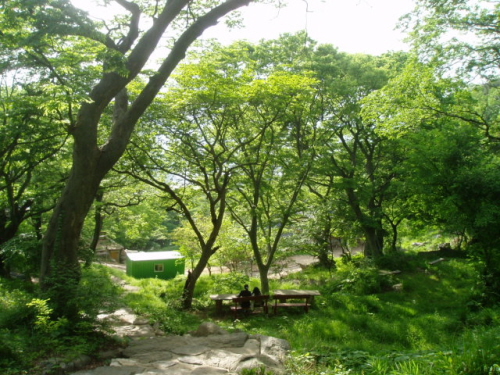
Reforestation in Korea
South Korea could likely serve as the model for reforestation: Lester Brown noted in Eco-Economy: Building an Economy for the Earth that “Perhaps the most successful national reforestation effort is the one undertaken in South Korea beginning more than a generation ago.” At the end of Korean war hostilities in 1953, the country was almost completely deforested because of logging and heavy use of firewood during the 35-year Japanese occupation earlier in the century. Since then, national and local government efforts have turned bare mountains into forest lands: according to The Korea Times,
Between 1961 and 1995, stocked forest land went up from 4 million hectares to 6.3 million hectares. Total timber rose from 30.8 million cubic meters in 1954 to over 164.4 million cubic meters in 1984. By 2008, 11 billion trees had been planted. About two-thirds of South Korea is now clothed with forest.
Even the DMZ is now “pristine wildlife habitat“… and while South and North Korea are still on hostile terms, the former has helped the latter with tree-planting efforts. For the science behind Korean reforestation, take a look at this article from The Forestry Chronicle.
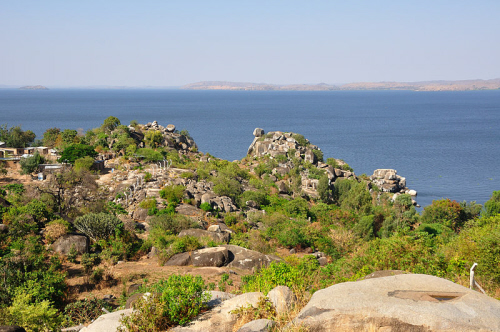
Reforestation in Tanzania: the Kwimba Reforestation Project
Started in 1990, the Kwimba Reforestation Project in Tanzania was a multinational and multi-organization effort to reforest land around 40 villages. Sub-Saharan Africa suffers from widespread deforestation, the vast majority of which results from the use of wood as a cooking fuel. Fuel wood harvesting, plus forest clearing in the early 20th century to try to get rid of the Tsetse fly, left the Kwimba area largely bereft of forest cover. More efficient use of wood for fuel, as well as overall economic development, drove the tactics of the Kwimba effort, which not only included the planting of Australian eucalyptus trees (which grow fast and served the needs of the affected communities well), but also the establishment of community and school plant nurseries, and the design of cleaner, more efficient cookstoves by the women who lived in the region. Organizations and governmental agencies from both Australia and Africa contributed to this effort.
During the project’s nine-year run, over 6.4 million trees were planted. One of the most unique aspects of ensuring responsibility for those trees: “tree ownership certificates” which gave the owner title to the tree (regardless of who owned the land on which it was planted).
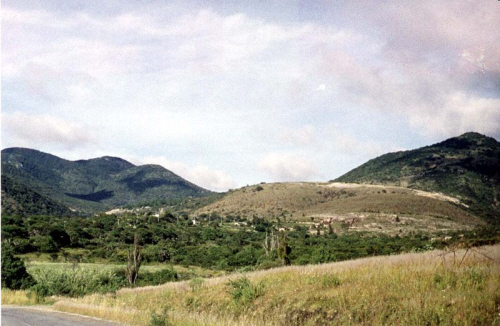
Reforestation in Mexico: the Mixteca Region
Before the arrival of Spanish explorers, Mexico’s Mixteca region (in the state of Oaxaca) was covered with forests. Heavy logging and goat herding turned the area into a desert by the late 20th century. The introduction of modern farming techniques without erosion control further degraded the land.
In the 1980s, farmer Jesús León Santos learned of indigenous farming techniques from Guatemalan immigrants. He founded the Center for Integral Small Farmer Development in the Mixteca (CEDICAM) to implement these techniques, which included reforestation as a mean of rebuilding soil. Relying on native tree species, terraced agricultural techniques, and containment ditches for preventing hillside erosion, CEDICAM has not only reforested more than 1000 hectares (with 1 million trees), but helped create more economic opportunity and even gender equality within the region. Santos was awarded the Goldman Environmental Prize in 2008.
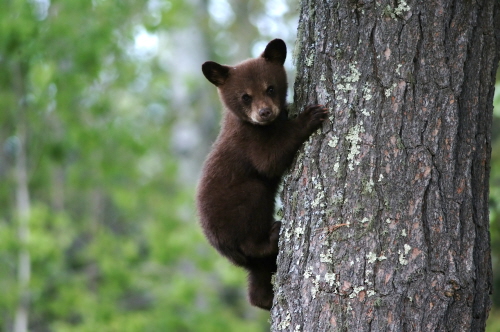
Reforestation in the United States: the Appalachian Regional Reforestation Initiative
The Appalachian region in the eastern United States is rich in natural resources, but, historically, poor economically. Coal mining, a source of employment for many in the region (as well as various forms of environmental degradation), has created vast tracts of deforested land. The Appalachian Region Reforestation Initiative began working to reverse the damage done by mining in the mid-200os: according to the United Nations Environment Program, “some 60 million trees have been planted on about 87,000 acres of active mine sites in Appalachia under ARRI’s guidance.” Not only has this helped restore one of the US’ richest regions in biodiversity, but also created economic alternatives to the mines, particularly in sustainable timber harvesting and the recreation industry. ARRI has included state governments, academia, private land owners, and even the coal industry in its planning and activities.
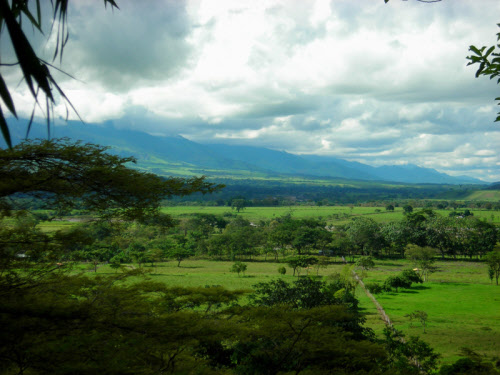
Reforestation in Colombia: Gaviotas
Gaviotas, Colombia, is much smaller than the other locations we’ve discussed: an ecovillage of about 200 people in the Llanos grasslands region. Yet the United Nations named this community “a model of sustainable development” for its efforts to reforest the surrounding lands… all which have been decimated by the country’s long-running civil war (and which were, at one time, rainforests). Beginning in the early 1980s, residents of Gaviotas began planting Caribbean pine trees, and ensuring their survival in the acidic soil with the application of mycorrhizal fungus to their roots. Villagers have successfully reforested about 20,000 acres… and created economic opportunities with resin from the trees, and even new biodiesel initiatives. The increased forest cover has had an effect of weather patterns in the area: rainfall has increased by 10%, leading to a water-bottling effort.
Gaviotans not only enjoy the increased forest cover, but also a way of life enhanced by organic farming, wind and solar power, and a social structure that provides housing, meals, and schooling to all residents.
Know of other reforestation success stories? Share them with us…

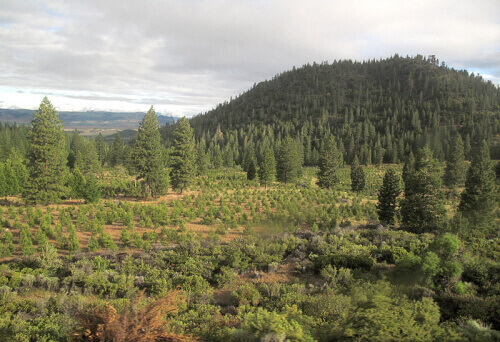




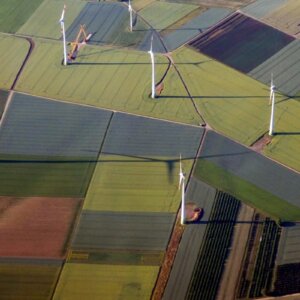



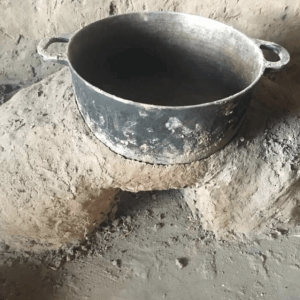
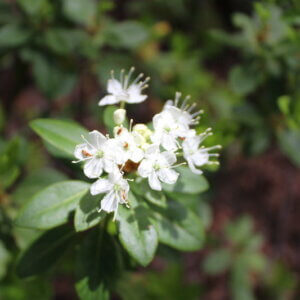
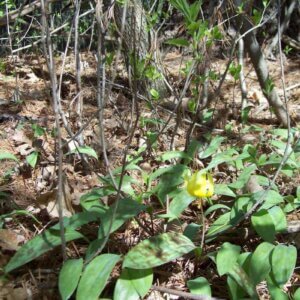






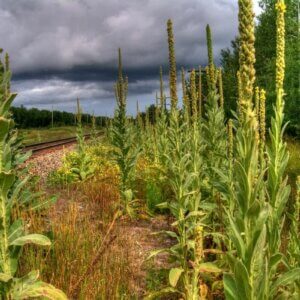



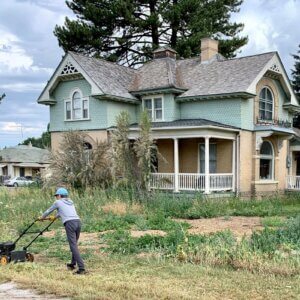


















I had no idea that the UN proclaimed a year of the forests.
I guess that where I am it is hard to think that forests are dying. I live in the state of Georgia and everywhere I look there are trees.
Thanks for the post and am looking forward to learning more about a topic that I am not very familiar with.
~HTML Living Dailies Publisher: Garret
Absolutely great ! Many thanks a lot Jeff for bringing forward these great projects.
I didn’t know about them all. I would haven’t dreamed about such a huge project in South Korea.
This reminds me of an old post that you might find interesting : Afforestation projects you should know about, http://fwd4.me/09CV
Keep up the good work, I am subscribing to your RSS ! 🙂
UN General Assembly has stepped many positive affecting actions to save the forests. Many websites like The Spiritoftrees and The Rainforest are working for making people aware about the importance of their forests. They also keep an eye on places needed for action like if you see any illegitimate actions against foresting you can post it on those sites.
Hi, I’m writing a paper for a forestry class about the reforestation efforts over the past 50 or so years in South Korea. I was wondering if you could point me towards any sources that would be helpful, even if they are in Korean?
Sam – Any sources I know of are linked here…
Aloha Jeff,
Great blog with great content! Just wanted to give you a heads up about a project here on the Big Island Hawaii that is doing some great work developing an economically sustainable business model (self funded) that respects the environment and is helping to reestablish the sandalwood/koa tree forest canopy. One distinguishing factor that makes this eco project somewhat unique is that as a Hawaiian forestry management and education organization, the Haloa’aina folks use ancient Hawaiian cultural values and principles as their guiding light when it comes to making decisions that affect the long term health of the forest and land. Truly in the spirit of Aloha. If you’re ever on the Big Island you should definitely contact Jeff Lee, one of the co-founders for a tour of the ranch. It might make a great story for your followers. Don’t know if you allow links on posts but if you do, http://www.haloaainahawaii-sustainability-project.org
Mahalo nui loa
Frank Sublett
http://www.haloaainahawaii-sustainability-project.org
I’ll definitely check it out, Frank – thanks so much for the heads up!
Las Gaviotas is an amazing example of developing sustainable communities. However, it is inaccurate to characterize it as a re-forestation project. It is not. It is an afforestation project that eliminates the edge interactions between forests and savanna. The forest that has been developed is not focused around a core water source, as are the native gallery forests and likely to be more vulnerable to climate change impacts moving forward. The basis for Lugari and Pauli for representing the forests of Honduras pine as a reforestation project was mistakenly based on the belief that the region has been continuous cover prior to human settlement. This hypothesis has been convincingly replaced with the hypothesis that supports the coexistence of both forest and savanna since the Pleistocene.
Hi! I read a success story about reforestation some years ago, but now I cannot find the project anymore. Maybe someone here can help me? The founder was a Polish man, or his ancestors were Polish – his family name meaning was ‘wood’, which was given as a fun fact. He was using a mulching technique, with dark petrol (?) pieces that a) warmed the soil in the sun helping plants to grow and b) prevented soil evaporation, but not rain water entering the soil. He applied this in some middle east country, with great success. The article might not been new, and he had already been planting trees for about 20 years back then. The tree covered area had become huge by the time the article was written. The text must have been from some science magazine, I think. I thought I had downloaded the pdf, but I can’t find it. I always wanted to find out what precisely his covering mulch was made of, because I didn’t really understand it back then. As there was a lot of war in the region during the last decade, I guess his project might have been destroyed meanwhile. So maybe this is why I can’t find anything about it. Does that sound familiar to anyone?
Wonderful projects of reforestation ! Every nation should try to emphasize the need of reforestation in this present age of wide degradation of forests and plantation areas.
Here in North-west India, we are trying our hard to afforest the degraded patches of Aravali Mountain range–the oldest fold mountains in Asia.